
By the end of this section, you will be able to:Describe prions and their basic propertiesDefine viroids and their targets of infection
- Subject:
- Biology
- Life Science
- Material Type:
- Module
- Author:
- OER Librarian
- Date Added:
- 08/12/2021
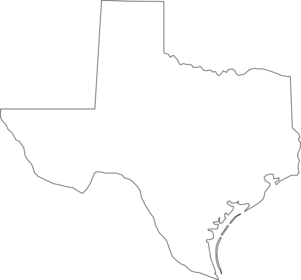

By the end of this section, you will be able to:Describe prions and their basic propertiesDefine viroids and their targets of infection

By the end of this section, you will be able to:Identify major viral illnesses that affect humansCompare vaccinations and anti-viral drugs as medical approaches to viruses
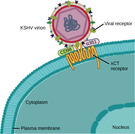
By the end of this section, you will be able to:Describe how viruses were first discovered and how they are detectedDiscuss three hypotheses about how viruses evolvedRecognize the basic shapes of virusesUnderstand past and emerging classification systems for viruses
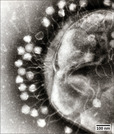
By the end of this section, you will be able to:List the steps of replication and explain what occurs at each stepDescribe the lytic and lysogenic cycles of virus replicationExplain the transmission and diseases of animal and plant virusesDiscuss the economic impact of animal and plant viruses


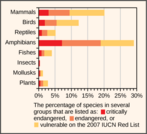
By the end of this section, you will be able to:Identify new technologies for describing biodiversityExplain the legislative framework for conservationDescribe principles and challenges of conservation preserve designIdentify examples of the effects of habitat restorationDiscuss the role of zoos in biodiversity conservation

By the end of this section, you will be able to:Define biodiversityDescribe biodiversity as the equilibrium of naturally fluctuating rates of extinction and speciationIdentify historical causes of high extinction rates in Earth’s history
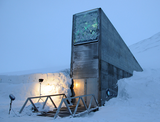
By the end of this section, you will be able to:Identify chemical diversity benefits to humansIdentify biodiversity components that support human agricultureDescribe ecosystem services
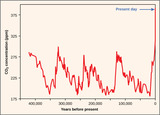
By the end of this section, you will be able to:Identify significant threats to biodiversityExplain the effects of habitat loss, exotic species, and hunting on biodiversityIdentify the early and predicted effects of climate change on biodiversity
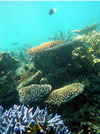
By the end of this section, you will be able to:Describe the effects of abiotic factors on the composition of plant and animal communities in aquatic biomesCompare and contrast the characteristics of the ocean zonesSummarize the characteristics of standing water and flowing water freshwater biomes
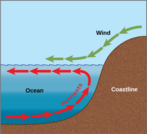
By the end of this section, you will be able to:Define biogeographyList and describe abiotic factors that affect the global distribution of plant and animal speciesCompare the impact of abiotic forces on aquatic and terrestrial environmentsSummarize the affect of abiotic factors on net primary productivity

By the end of this section, you will be able to:Define global climate changeSummarize the effects of the Industrial Revolution on global atmospheric carbon dioxide concentrationDescribe three natural factors affecting long-term global climateList two or more greenhouse gases and describe their role in the greenhouse effect

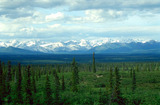
By the end of this section, you will be able to:Identify the two major abiotic factors that determine terrestrial biomesRecognize distinguishing characteristics of each of the eight major terrestrial biomes

By the end of this section, you will be able to:Define ecology and the four levels of ecological researchDescribe examples of the ways in which ecology requires the integration of different scientific disciplinesDistinguish between abiotic and biotic components of the environmentRecognize the relationship between abiotic and biotic components of the environment
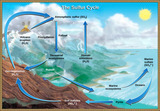
By the end of this section, you will be able to:Discuss the biogeochemical cycles of water, carbon, nitrogen, phosphorus, and sulfurExplain how human activities have impacted these cycles and the potential consequences for Earth

By the end of this section, you will be able to:Describe the basic types of ecosystems on EarthExplain the methods that ecologists use to study ecosystem structure and dynamicsIdentify the different methods of ecosystem modelingDifferentiate between food chains and food webs and recognize the importance of each

By the end of this section, you will be able to:Describe how organisms acquire energy in a food web and in associated food chainsExplain how the efficiency of energy transfers between trophic levels affects ecosystem structure and dynamicsDiscuss trophic levels and how ecological pyramids are used to model them
